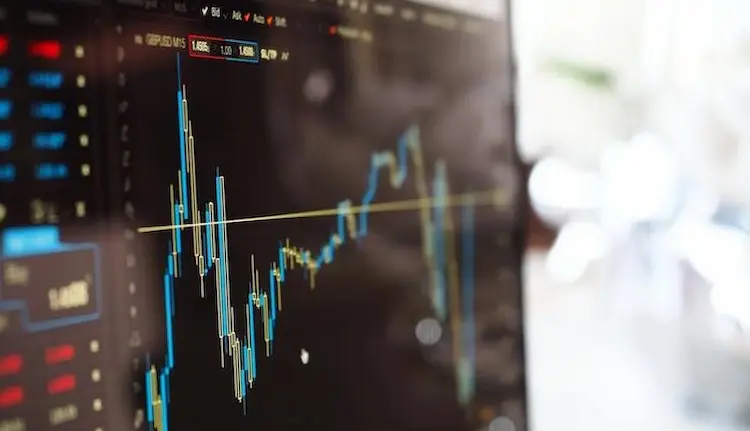
Embarking on the journey of using trading bots can be an exciting venture for anyone interested in optimizing their trading strategy. Trading bots have revolutionized the way individuals engage with financial markets, offering a blend of efficiency, speed, and data-driven decision-making. Whether you’re a seasoned trader looking to automate your strategies or a newcomer eager to explore the potentials of automated trading, this guide will walk you through the essentials of starting with trading bots.
Understanding Automated Crypto Robots
An automated crypto robot is essentially a software program designed to interact with financial exchanges directly, using pre-set parameters to place orders, execute trades, and even close positions. These bots operate on algorithms that can include trading strategies, technical analysis, and input from various market indicators. The allure of an automated system lies in its ability to process vast amounts of data, execute trades at high speeds, and operate 24/7 without the emotional or psychological factors that often influence human traders.
Selecting the Right Trading Bot
Before diving into the world of trading bots, the first crucial step is selecting the right one. The market is awash with a variety of bots, ranging from basic plug-and-play options to sophisticated systems requiring in-depth programming knowledge. Consider your trading strategy, market knowledge, and technical expertise when choosing a bot. Research thoroughly, focusing on the bot’s reliability, security features, user reviews, and the level of customer support provided.
Key Features to Look For:
– **Compatibility with your exchange(s) of choice**
– **User-friendly interface**
– **Customization options**
– **Strong security measures**
– **Transparent transaction records**
Setting Up Your Trading Bot
Once you’ve chosen your trading bot, the next step is setting it up. This process can vary significantly depending on the complexity of the bot. Basic bots might only require you to connect to your exchange via an API and set up basic trading parameters. In contrast, more advanced bots might allow for intricate strategy customization, requiring a deeper understanding of the programming language or framework the bot operates on.
Steps for Setup:
- **API Integration**: Connect the bot to your trading exchange using secure API keys.
- **Strategy Configuration**: Define your trading strategy, including entry, exit, stop loss, and take profit conditions.
- **Backtesting**: Utilize historical data to test your configured strategy, ensuring it performs well under various market conditions.
- **Risk Management Settings**: Adjust your risk management settings, such as trade sizes, capital allocation, and drawdown limits.
Understanding the Mechanics of Trading Bots
Trading bots work by following a set of predefined rules for trading. These rules, or algorithms, are based on timing, price, quantity, or a mathematical model. They make trades at a speed and frequency that is typically impossible for a human trader. The designed strategies aim to increase profit by understanding and predicting market movements and executing a large volume of orders at very high speeds.
How Bots Analyze the Market:
– **Technical Analysis**: Using historical data to predict future price movements based on identified patterns.
– **Fundamental Analysis**: Considering external factors and macroeconomic indicators that might influence the market.
– **Sentiment Analysis**: Gauging the market sentiment by analyzing trends on social media, news headlines, and other media outlets.
Monitoring and Tweaking Your Bot
Launching your bot is just the beginning. Continuous monitoring is crucial to ensure that it performs as expected in real-time market conditions. Be prepared to make adjustments as needed, based on performance data or shifting market trends. Regularly updating the bot’s strategy and parameters can help in optimizing its performance and adapting to new market conditions.
Regular Checks Include:
– **Performance analysis**: Reviewing the bot’s trading results regularly and comparing them against expected outcomes.
– **Market condition alignment**: Ensuring the bot’s strategy aligns with the current market conditions.
– **Security audits**: Regularly checking for any potential security vulnerabilities and ensuring your funds are safe.
Legal and Ethical Considerations
Understanding the regulatory and ethical landscape is essential. Regulations regarding the use of trading bots can vary significantly from one jurisdiction to another. Ensure you are compliant with all local laws and regulations concerning automated trading. Ethically, while using a bot, you should also consider the impact of your trading strategy on the market, avoiding any practices that could be considered manipulative or unfair.
Future of Trading Bots
The evolution of trading bots is ongoing, with new technologies like artificial intelligence and machine learning beginning to play a significant role. These advancements promise to deliver even more sophisticated, adaptive, and personalized trading solutions, potentially offering unprecedented opportunities for optimizing trading strategies.
Conclusion: Embracing the Automated Trading Journey
Starting with trading bots represents a significant step towards modernizing your trading approach, embracing efficiency, and optimizing profitability through automation. While the journey requires a solid understanding of both the technology and the financial markets, the potential rewards can be substantial. As with any trading strategy, the key is to proceed with caution, stay informed, and continuously adapt to new market information. By doing so, you can harness the full potential of trading bots and possibly transform your trading experience.







